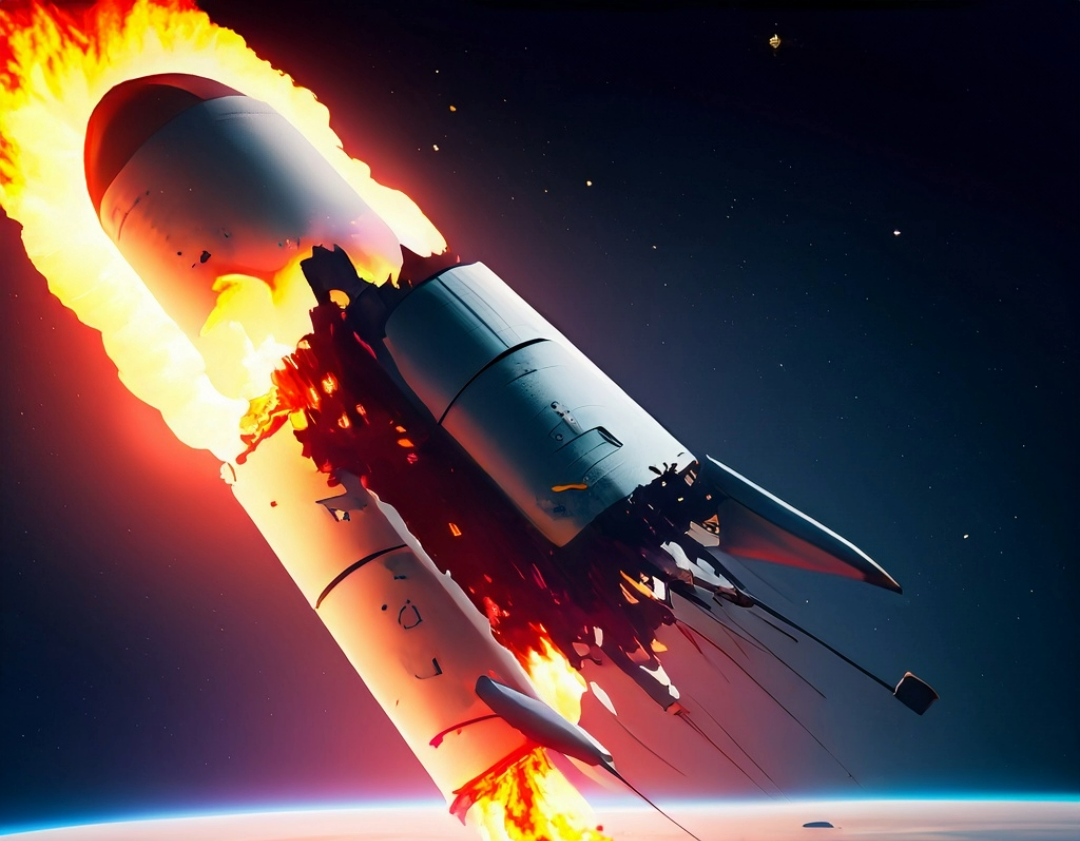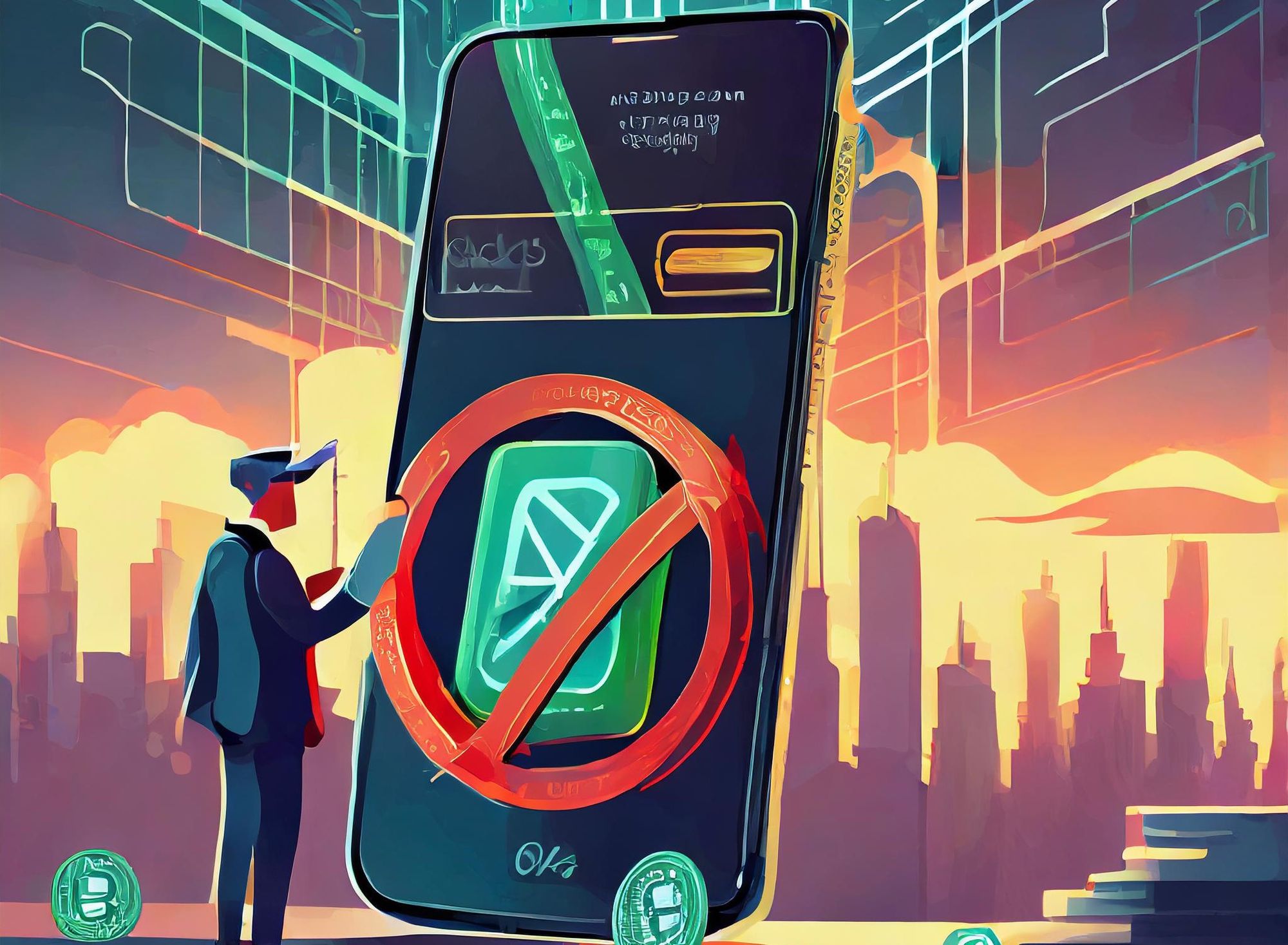Table of contents
Tragic Day for Modern Science
The tragic crash-landing of the Russian spacecraft Luna-25 which was anticipated to land on the moon a few days ahead of India's Chandrayaan-3 is a dismal reminder of the risks space-faring nations have decade-long confronted (1).
There are several risks associated with landing on extraterrestrial surfaces and in the past four years, four separate nations and their spacecraft failed to land on the moon, indicating success, an uncommon happening.
It is not the first time a spacecraft achieved failure, previously India, Israel, Japan, and even Russia had their mission failed right before the final step. But it was also Russia's return to space, which led to several ending up with sad faces.
The landing of Luna-25 is considered misleading with critics not considering the mission a segment or a continuation of the Luna series of probes which was launched in the 1960s and 70s by the then-Soviet Union, due to its utter failure (2).
Critics are pointing out the current round of missions to operate smoothly and with a better success rate as the technological advancements vastly differ from the successful launch which was held half a century ago.
The technology, materials, fuel, and even the aim and mission are novel then where lies the reason for failure for those who achieved success in their first attempt? However, for space-faring nations, failure is not uncommon.
So, when the government finally rekindled its interest in landing on the moon in the 21st century, it had to establish a foundation from scratch with the Orbiter missions. Every space-faring nation has had its setback, and Luna-25 is a reminder to the world.
Without failure, does not come success Russian agencies are now putting the pieces back together and are aiming for achieving greater missions in the future and this is how science has progressed in general globally.
Failures have always served as a stepping stone to much greater achievements to come. Meanwhile, the tragic crash of Luna-25 has led Chandrayaan-3 to become the first spacecraft to land near the moon's poles.
Given the setback and reverses of India's Chandrayaan-2 (3), ISRO can completely understand the Luna-25 situation, and the current flow of emotions and tragic faces for Roscosmos, also made them nervous as the landing date approached.
To avoid the previous catastrophe, Chandrayaan-3 is developed with several safety enhancements but no matter how good one preps, there can be no comfort for complacency until the exam is successfully passed.

Who is to blame?
Director General of Roscosmos Yuri Borisov (4) has blamed the Russian government for the failure of Luna-25 and its mission. He stretched the country's decade-long hiatus from lunar exploration has led to the downfall of the mission (5).
There were several points of interruption for the lunar program for nearly 50 years from the first mission. The invaluable legacy set by the Russian scientists in their first mission was all lost during the interruption that lasted 50 years.
The loss of legacy led Roscosmos to commence their operation from scratch. However, Roscosmos launched the Luna-25 to the lunar south pole as a restart to the Soviet Union-era lunar exploration mission of the 60-70s.
Luna-25 was planned to investigate the composition of the lunar polar regolith, plasma, and dust components of the lunar polar exosphere with a projected soft landing on the Moon on 21 August, ahead of India's Chandrayaan-3.
A preliminary study of the lunar mission revealed that there occurred a difference in the actual and calculated parameters of the propulsion maneuver which caused the spacecraft to transition into an unexpected orbit that culminated in a collision with the lunar surface and eventual loss.
The engine that was supposed to put the spacecraft into pre-landing orbit ran for 127 seconds and not the calculated 84 sectors which became the primary cause of the probe's crash, said Yuri Borisov.
However, Roscosmos is firm about the situation and promised to "stay in the lunar race." Considering the failure as a lesson and moving ahead with a better and more calculated plan, Yuri said, "In no case should the lunar program be interrupted."
Tragic-crash led tragic-hospitalization
Luna-25 mission's key physicist and astronomer was transported to a Moscow hospital due to severe worsening of health, concerning the failure of the mission. The setback of the mission was so severe it left the physicist with a big shock ball.
He was highly concerned with the mission's success and took the challenge as a life and death-matter. For someone associated highly with the mission, it is obvious to cherish it close to heart and brain for having success, but the failure did the opposite.
He was highly concerned about the mission and was tracking updates on every minute like a life and death situation. Being deeply associated with a mission wherein one puts all their strength and dedication, to watch it fail is what landed him hospitalized.
The physicist was also previously associated with space flights for the Soviet Union and considered the Luna-25 mission as the pinnacle of his career at the age of 90, but unfortunately, it did not go all as planned.
In a statement he mentioned,
"It was the last hope for the rebirth of the Lunar program for me."

Russia's comeback
Despite the failure of the Luna-25 mission, Roscosmos is firmly committed to future lunar exploration and has already announced the plans for future flights which is the Luna-Resurs-Orbiter, about to launch in 2027 (6).
It will be considered critical in discovering and quantifying natural lunar resources with a focus on investigating the lunar surface and its environment including cosmic rays and solar wind.
It is also expected to carry a suite of scientific instruments and some of them are to be donated by NASA and other private US corporations and is also anticipated to act as a communication drive between Earth and Russian landing assets.
Meanwhile, it is also planning to launch Luna-27 one year after Luna-26 and it will be an ambitious lunar landing mission, projected to launch in 2028. Roscosmos and European Space Agency will be collaborating on this mission to the moon.
Luna-27 mission will investigate the composition of lunar soil which will be near the south pole and discover lunar polar volatiles with a specific emphasis on water which was previously half-discovered by Chandrayaan-2 (7).
It will be optimizing the European navigation system to make a precise landing at the toughest south pole point and it will be held as an important mission, vital to discover the Moon's resources and the prospects for future missions.
Also, Luna-28 is in the plans which will be a fixed lunar lander and a lunar rover set to collect and return soil samples from the Moon's surface to Earth. Following the success in collecting samples, the spacecraft will be developed to detach from the orbiter and start its journey back to Earth.
Also, Luna-28 is included in the plan. It will be a fixed lunar lander with a lunar rover aimed at collecting soil samples from the Moon's surface. Only after the successful collection the spacecraft will head to Earth.
The samples collected will discover several potential possibilities and mysteries yielding crucial information on the Moon's composition and resources. However, these are the comeback plans discussed, all we can do is hope for a planned execution.













